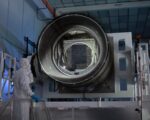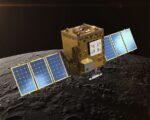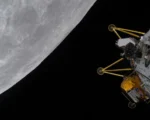British scientists have made a groundbreaking discovery in the vast expanse of space: a densely packed ridge of planets previously unknown to the scientific community. A team from the University of Warwick stumbled upon this remarkable feature while investigating Neptune-like planets located far beyond our solar system. Their observations revealed a distinct pattern—a crowded band of planets lying between two starkly contrasting regions: a “desert,” where few planets can survive, and a “savannah,” where planets exist in abundance. This discovery provides new insights into how planets are distributed in space, akin to the revelation of an uncharted mountain range that reshapes our understanding of Earth’s landscape.
Life in the Cosmic Desert
Imagine a hostile environment where intense stellar radiation continuously bombards planets, eroding their atmospheres and leaving behind only barren rocky cores. This desolate region, now known as the Neptunian Desert, is inhospitable to most planetary bodies. Only the toughest planets, resistant to the relentless onslaught of their nearby stars, manage to endure. These rare survivors are comparable to the few resilient species that manage to eke out a living in Earth’s most unforgiving deserts.
A Planetary Savannah
Beyond this harsh desert lies a more forgiving region dubbed the “Neptunian Savannah,” where planets are far more likely to thrive. Here, conditions are relatively stable, and planets are better able to retain their atmospheres, sustaining a more favorable environment. This area teems with diverse planetary types, protected from the extreme radiation that characterizes the desert zone. The contrast between the two regions highlights the varied fates of exoplanets as they struggle to maintain their atmospheres and stability in the face of intense cosmic forces.
The Safe Haven: The Ridge of Survival
What makes this discovery so compelling is the dense ridge of planets that lies between the desert and the savannah. This newly identified zone acts as a safe haven, where planets somehow manage to retain their gaseous envelopes while avoiding complete atmospheric erosion. Scientists believe these planets arrived in this region through various mechanisms, such as migrating from farther out in their star systems or forming in place under unique conditions. This ridge represents a delicate balance, a transitional area where planets achieve a rare equilibrium, providing an invaluable opportunity to understand planetary evolution in extreme environments.


















